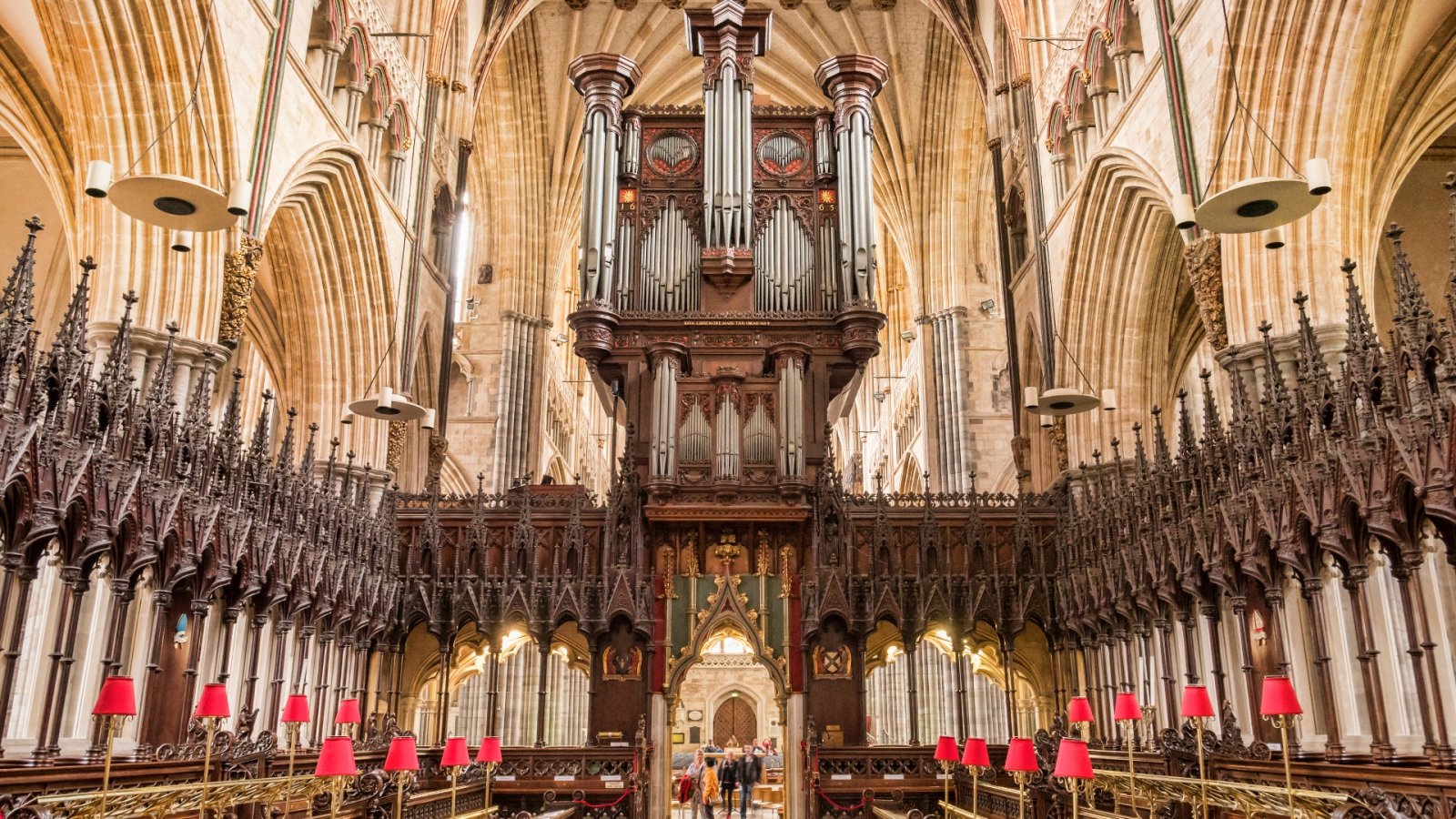C.B. Newham is an Australian working in IT and organizing a digital archive of the almost 10,000 rural churches in England in the project called The Parish Church Photographic Survey. The project is almost complete, and it picks up the wand once held by the Royal Commission on the Historical Monuments of England. He records the country’s heritage and his privately financed assignment has delivered great assets. What's more, the artifacts are collected in this beautiful and sturdy milestone book.
Newham's careful eye and mastery of digital methods make for some amazing pictures. A specialism is an overhead image, an intricate procedure demanding refined image manipulation. This produces new effects constantly as models are portrayed from overhead in a way that is very hard to achieve for a human being. Basically, the photographer shoots medieval vaults that reveal the luxury effigy overhead and the shriveled corpse beneath. If you have visited St Mary’s in Oxfordshire and have seen the tomb of Alice de la Pole, Duchess of Suffolk - who passed away in 1475 - you will know that her nude model is held in a low compartment under the tomb crate, and extremely difficult to see. However, this photographer has somehow managed to catch a complete portrait.
Most images are difficult to look at when seen in the flesh. However, by taking the spectator above, the photographer enables the art pieces to be studied as arrangements infused with their own personality, charm, and character. For example, the armored figure by Richard de Pembridge’s at All Saints Clehonger shows a troubled statuette clasping a sword as he peeks skeptically transversely, stomping a dog. This beautiful selection often shows how prosperous a source of knowledge community monuments can be for the lives and personalities of the people. Samples are chosen from all ages, and scanning these pages is the best possible manner to see the diverse changes in sepulchral style. The artist has an excellent eye for Neoclassical marble and offers more contemporary sculptors like Joseph Edgar Boehm and Feodora Gleichen the spotlight as well.
In fact, these photos look very nice in this beautifully conceived volume and they should be presented in a display set up on a big scale. Moreover, photographing art inside various churches requires a few types of patience. We're talking about the patience to get into the church, the patience in moving the remains, and the patience to obtain the right light. Plus, a photographer must also have an eye for composition and knowledge to capture complex monuments and sculptures. Luckily, Newham pursues Edwin Smith in catching the atmosphere of graves as well as their components. The images are the highlights of the show. However, there is more to his work than pictures alone. Because everything is organized geographically, with numbered maps and a genius index that shows where the selected graves are. There are also houses with treasures that deliver amazing selections. One of these is the church of Tawstock in Devon.
Each vault has a short essay of 200 words, and this is a biographical summary of the topic and a portrayal of the crypt. These are legible and well written, though there are no references, and the book itself has no references but one can check the author’s website to find some. You also have a dictionary at the end plus a very effective unit including bios of more than 100 sculptors that created all the portrayed monuments, which go from the 16th-century John Gildon to Rory Young (1954), whose interesting monument to the Rev. Henry Cheales placed at Wyck Rissington in Gloucestershire, has a maze. There's also a minor inconvenience, that the captions don't have the dates. Finally, this book is one of the most creative volumes of the loveliest book ever produced on church monuments and much more than a photography book. It is hard to imagine a better introduction to this overlooked domain of continuous interest, charm, and curiosity.






